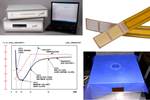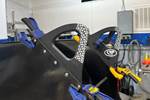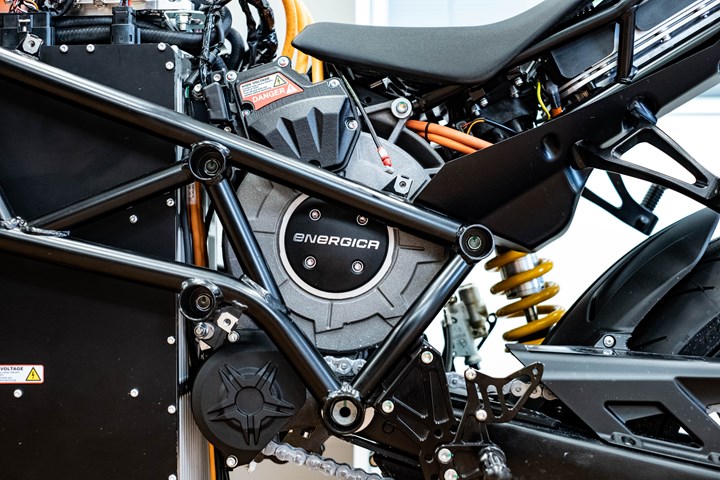CRP Windform composites show high affinity for electric insulation
GFRTP materials for 3D printing were subjected to dielectric constant and dielectric strength tests, indicating strength for use in electric applications like automotive.
3D printing service bureau CRP Technology (Modena, Italy) announces that its glass fiber-reinforced thermoplastic (GFRTP) composite Windform materials, designed for the selective laser sintering (SLS) process, have demonstrated positive electrical insulation performance as confirmed by recent dielectric constant and dielectric strength tests. These tests have revealed excellent results, the company notes, exhibiting a dielectric constant of approximately 4 and withstanding peak voltages of at least 2.5 kilovolts/millimeter (kV/mm).
Identified by their specific mechanical and thermal properties, Windform composites have undergone rigorous dielectric constant and dielectric strength tests, essential for evaluating material performance for applications requiring electrical insulation. In today’s automotive industry, characterized by hybrid or fully electric vehicles, the use of insulating materials is increasingly becoming paramount.
The dielectric constant is a fundamental constant in physics that represents a material’s ability to resist the formation of an electric field within it. During testing, CRP’s GFRTP materials — Windform LX 3.0, Windform GT and Windform FR2 — exhibited a dielectric constant close to 4, with Windform LX 3.0 and FR2 slightly above 4, and Windform GT slightly below. The tests were conducted at the standard frequency of 1 kilohertz.
The dielectric strength test evaluated the maximum electric potential difference the materials can withstand before conducting electricity. Windform LX 3.0, Windform GT and Windform FR2 demonstrated high performance, enduring peak voltages of at least 2.5 kV/mm without any signs of deterioration. Specimens with a thickness of approximately 1.6 millimeters were subjected to sinusoidal voltages alternating at 50 hertz and amplitudes up to 4,000 volts without discharge.
According to the company, these results are significant for electrical applications, where maintaining a dielectric constant around 4 is crucial, especially in fully electric vehicles with high voltage. Moreover, the ability for GFRTP Windform materials to withstand voltages of at least 2.5 kV/mm ensures reliability and safety. Application examples include battery housings, power converter housings, cooling and air conditioning system components, and charging connector housings.
Related Content
-
Cycling forward with bike frame materials and processes
Fine-tuning of conventional materials and processes characterizes today’s CFRP bicycle frame manufacturing, whether in the large factories of Asia or at reshored facilities in North America and Europe. Thermoplastic resins and automated processes are on the horizon, though likely years away from high-volume production levels.
-
The potential for thermoplastic composite nacelles
Collins Aerospace draws on global team, decades of experience to demonstrate large, curved AFP and welded structures for the next generation of aircraft.
-
Materials & Processes: Composites fibers and resins
Compared to legacy materials like steel, aluminum, iron and titanium, composites are still coming of age, and only just now are being better understood by design and manufacturing engineers. However, composites’ physical properties — combined with unbeatable light weight — make them undeniably attractive.

















